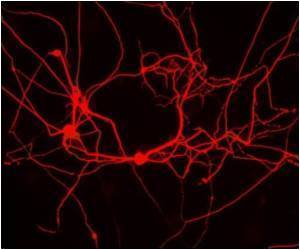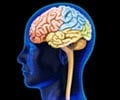A single neuron in our brains can function like a sophisticated computer, concludes a five-year study.

Now Koch and Fried, along with former Caltech graduate student and current postdoctoral fellow Moran Cerf, have found that individuals can exert conscious control over the firing of these single neurons—despite the neurons' location in an area of the brain previously thought inaccessible to conscious control—and, in doing so, manipulate the behavior of an image on a computer screen.
The work, which appears in a paper in the October 28 issue of the journal Nature, shows that "individuals can rapidly, consciously, and voluntarily control neurons deep inside their head," says Koch, the Lois and Victor Troendle Professor of Cognitive and Behavioral Biology and professor of computation and neural systems at Caltech.
The study was conducted on 12 epilepsy patients at the David Geffen School of Medicine at UCLA, where Fried directs the Epilepsy Surgery Program. All of the patients suffered from seizures that could not be controlled by medication. To help localize where their seizures were originating in preparation for possible later surgery, the patients were surgically implanted with electrodes deep within the centers of their brains. Cerf used these electrodes to record the activity, as indicated by spikes on a computer screen, of individual neurons in parts of the medial temporal lobe—a brain region that plays a major role in human memory and emotion.
Prior to recording the activity of the neurons, Cerf interviewed each of the patients to learn about their interests. "I wanted to see what they like—say, the band Guns N' Roses, the TV show House, and the Red Sox," he says. Using that information, he created for each patient a data set of around 100 images reflecting the things he or she cares about. The patients then viewed those images, one after another, as Cerf monitored their brain activity to look for the targeted firing of single neurons. "Of 100 pictures, maybe 10 will have a strong correlation to a neuron," he says. "Those images might represent cached memories—things the patient has recently seen."
Advertisement










